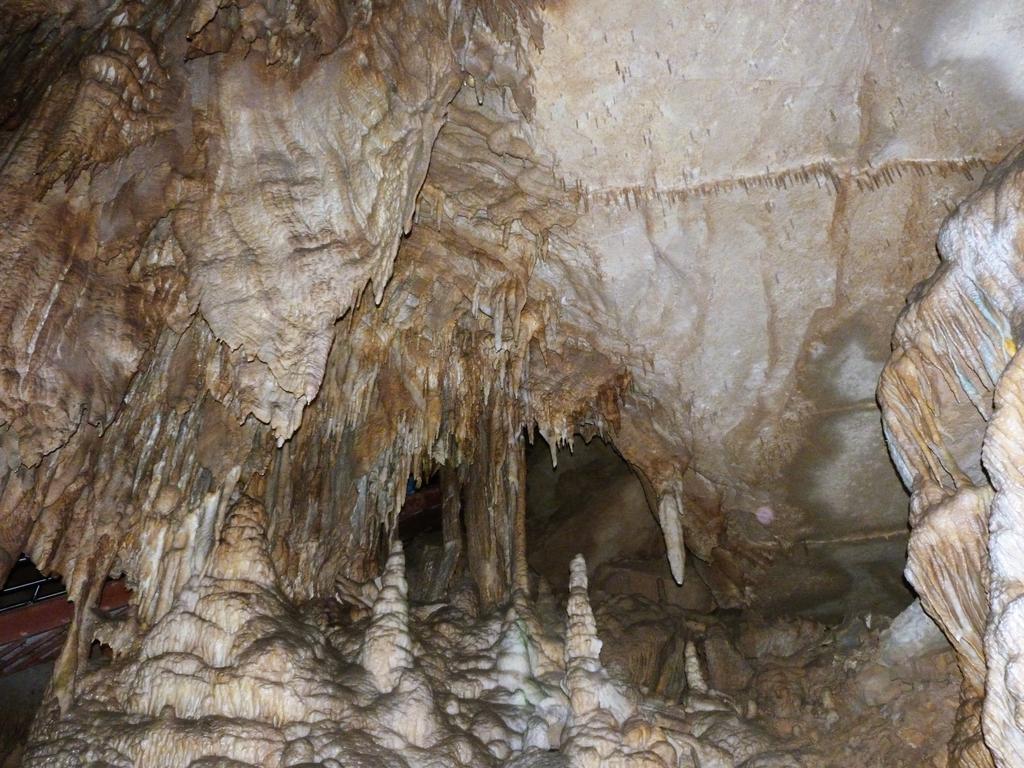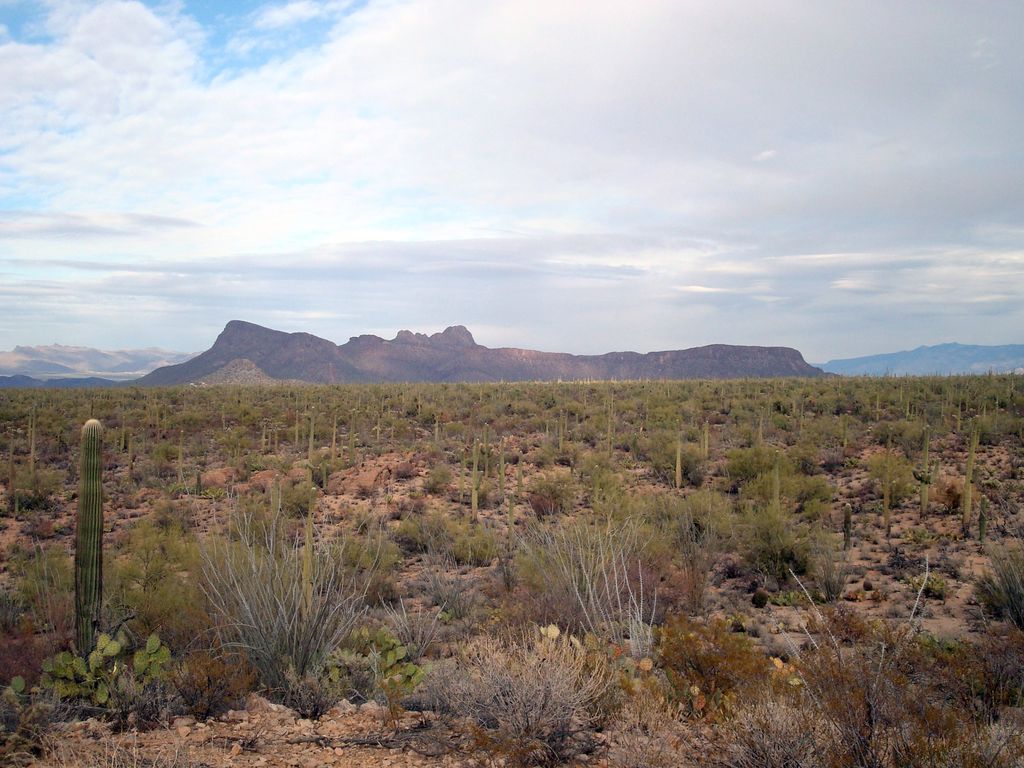Sponsored Listings:
By Becky Mahan, Editor
Shenandoah National Park
(Virginia)
Shenandoah National Park is a long, narrow stretch of park within the Blue Ridge Mountains in Virginia, a widely popular spot for camping and nature-walking. The rolling hills and dense treetops provide gorgeous scenic lookouts, especially in Autumn when the leaves change color.
Capitol Reef National Park
(Utah)

Part of Utah’s “Big Five,” Capitol Reef is a welcome retreat from crowded nearby Zion and Bryce Canyon National Parks. The rugged, raw beauty of this other-worldly park is breathtaking – especially in the middle of one of Utah’s beastly summer thunderstorms. Explore iconic red rocks, jagged cliffs, majestic mountain faces, intimidating gorges and gentle canyons – one of the most popular hikes is at the Grand Wash, though NOT if those summer thunderstorms are even within a few hours of hitting. Flash floods here are a very real and serious danger, so always follow posted signs and ranger advice.
Channel Islands
(California)

by: Ken Lund flickr – Courtesy: Gogobot
Channel Islands National Park is actually comprised of five small islands off the coast of Oxnard, California. Most visitors stay awhile and camp, and those who love water can go kayaking and snorkeling to see sea urchins, sea lions, seals, and more. The park is also an important nesting area for seabirds, and you can witness the nesting activity firsthand: hatchlings are born in June, which is also the time of year when you can admire the wildflowers blooming in abundance along the trails.
Biscayne National Park
(Florida)

by: Thespis377 flickr – Courtesy: Gogobot
Undersea explorers will just love Biscayne, where 95% of the park’s 172,000 acres are covered by water. Pristine coral reefs, vast seagrass beds and untouched subtropical islands are the hallmark of this rather secret park, where a plethora of activities await including snorkeling, scuba diving, canoeing, hiking, and of course, camping. Visitors will be privvy to some seriously cool wildlife, like manatees and crocodiles, and if you take the Maritime Heritage Trail, you won’t be hiking – it’s a ranger-guided snorkel tour that visits sunken shipwrecks.
Kenai Fjords National Park
(Alaska)

by: ann-dabney flickr – Courtesy: Gogobot
Exploring glacier-laden wilderness once inhabitated by an ancient Eskimo culture? Kayaking icy streams, cruising rugged coastline, or hiking through both dense and stark forests? If any of these sound appealing, head to Kenai Fjords in Alaska to bask in the majesty of one of the planet’s most rugged and unspoiled landscapes. With public cabins, summer vacations become an enchanting escape from busy cities, while winter activities such as cross-country skiing, dog sledding and snow shoeing provide a year-round opportunity for humans to enjoy this wintry retreat.
Joshua Tree National Park
(California)

by: TheNickster flickr – Courtesy: Gogobot
Named for the actual Joshua tree (a unique and rare yucca), this desert park is actually more famous for its gorgeous rock formations — and for being the “clash” where two deserts (the Colorado and the Mojave) meet. As such, the park is beautifully diverse, seeing contrasting levels of rainfall and temperature (read: not an ideal place in either summer or winter), but always filled with awe-inspired nature enthusiasts and rock climbers.
Pinnacles National Park
(California)

If hiking is your idea of a fun, exciting activity, then take it to the next level at the Pinnacles National Park. Located in Paicines, California, right off Highway 146, the monument offers rock climbing with different levels right along the Machete Ridge. If you are not looking for an extremely hard hike, then you can simply walk at your own pace and admire the spectacular scenery, tour the two caves or simply stop to admire the wildflowers. Pro tip: Look for the rare California Condor soaring over the area, a treat if you are privvy to one’s company!
Mammoth Cave National Park
(Kentucky)

Mammoth Cave is the largest cave system in the world with over 400 miles of underground passageways, vast chambers, and complex labyrinths. A UNESCO World Heritage Site, the caves are home to the world’s highest cave life diversity (over 130 species), not the least common of which is bats! Take a cave tour through what nature guide Stephen Bishop called a “grand, gloomy, and peculiar place,” for an experience that’s not at all ordinary.
Saguaro National Park
(Arizona)

by: Svadilfari flickr – Courtesy: Gogobot
Contrary to what some may think, the Sonoran Desert is not a barren, lifeless place. Rather, it is alive with brightly colored wildflowers, bighorn sheep, ringtails, a variety of serpents, golden eagles and more. Visitors flock to Saguaro National Park to hike, camp in the backcountry, ride horses, bike, and join guided programs. One admission gets you into both districts of the park: The Rincon Mountain District to the east of Tucson, and the Tucson Mountain District to the west, which contrast with each other but are equally well worth seeing.
King’s Canyon National Park
(California)

by: jjandames flickr – Courtesy: Gogobot
This massive park of over 500,000 acres is home to one of the most iconic and scenic natural spectacles in the U.S.: the grand Sequoia tree. Despite its proximity to Sequoia National Park, King’s Canyon is a separate and unique park in itself (though visitors will love that they can visit both parks with one admission fee.) Visitors will find the largest natural Giant Sequoia haven the world over in the Redwood Mountain Grove. Outside of this breathtaking grove of towering trees, the Kings Canyon National Park’s vast majority of area is made up of spectacular glacial valleys, including the area’s namesake landmark: King’s Canyon. This impressive formation is one of the deepest canyons in the entire country, and is just about the most picturesque spot in this thriving protected area.
Gogobot’s mission is to find people places to eat, stay, and play that are perfect for them. Explore the Outdoor Enthusiasts tribe before planning your trip to a national park on our mobile app. More information about the National Park Service and Free National Park Week can be found here.
Source: gogobot.com










